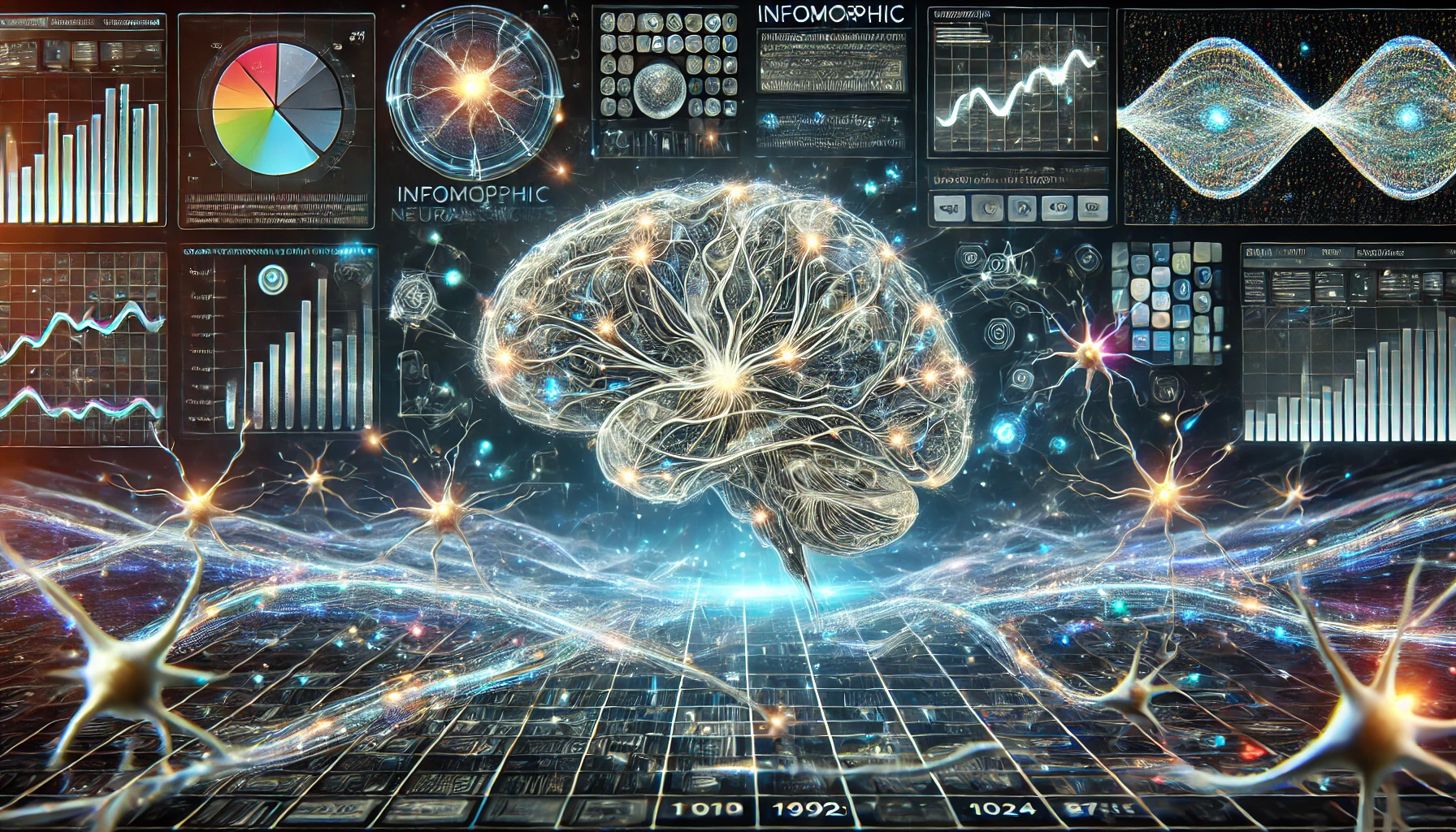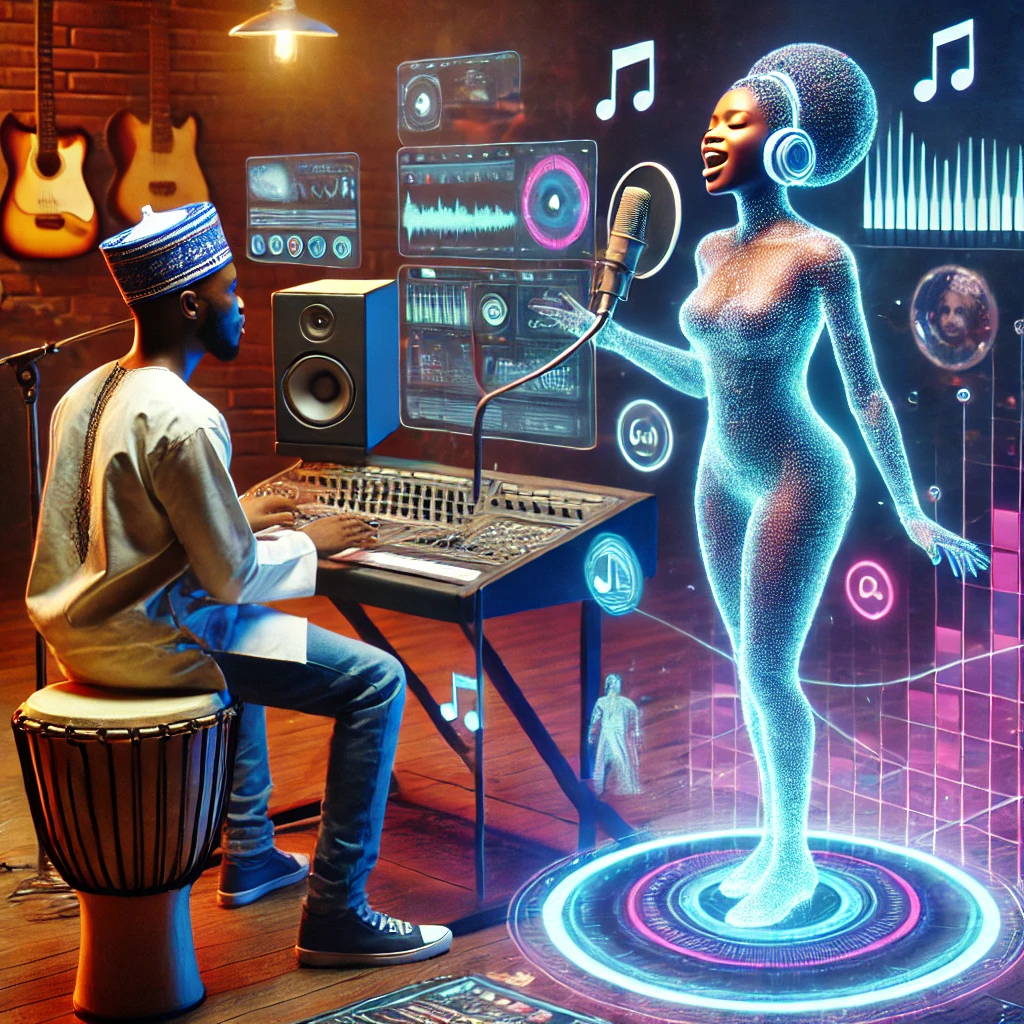Researchers at the University of Massachusetts Amherst have unveiled a major breakthrough in artificial intelligence — a new kind of artificial neuron, called an infomorphic neuron, that could dramatically change how AI systems learn and interact with the world.
Inspired by the way human neurons function, these new artificial neurons mimic not just the electrical activity of biological neurons, but also their structure and behavior. The result is a more realistic, brain-like learning process that doesn’t rely on traditional algorithms like backpropagation, which are commonly used in today’s AI.
Why This Matters
Most current AI systems are powerful but biologically disconnected. They require huge amounts of data, computing power, and energy to learn. And they often struggle with flexibility — for example, they can’t easily adapt to new information without retraining from scratch.
Infomorphic neurons offer a different path. They process information in a way that’s much closer to how the brain works — using dynamics that evolve over time, integrating memory, learning, and decision-making into a unified process.
This brain-inspired approach could lead to AI that’s more adaptive, efficient, and capable of learning in real time — more like a human or animal brain.
The Science Behind It
Traditional artificial neurons are relatively simple: they sum inputs and produce outputs through a fixed activation function. Infomorphic neurons, on the other hand, are dynamic systems. They react and change over time, influenced by both internal and external signals.
This allows them to encode information in richer ways — not just binary states, but evolving patterns — and to store and retrieve memories more flexibly. These neurons can also adjust their own learning parameters, a trait known as plasticity, which is crucial for biological learning.
Beyond Backpropagation
One of the most exciting aspects of this research is that it could help AI move beyond backpropagation, the dominant method for training neural networks. While backpropagation has powered much of the recent progress in deep learning, it’s not biologically realistic, and it has limitations — especially when it comes to real-world, dynamic environments.
Infomorphic neurons can learn through more natural mechanisms, such as reinforcement and local feedback, paving the way for systems that continuously evolve and self-organize — much like living brains.
Looking Ahead
This innovation is still in its early stages, but the implications are vast. Infomorphic neurons could be the foundation for a new generation of AI — one that’s more energy-efficient, adaptable, and capable of genuine real-time learning.
As research continues, we might see these neurons used in everything from robotics to brain-computer interfaces — pushing us closer to AI that not only thinks, but learns like we do.
Source: https://neurosciencenews.com/





